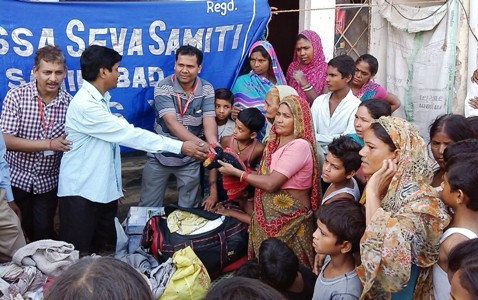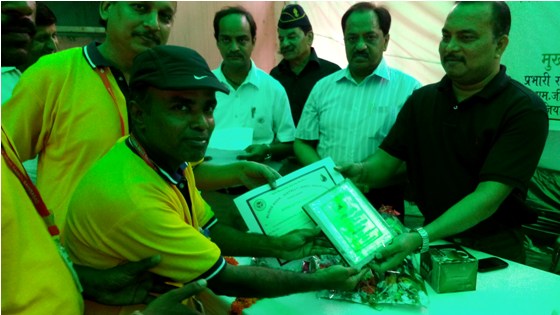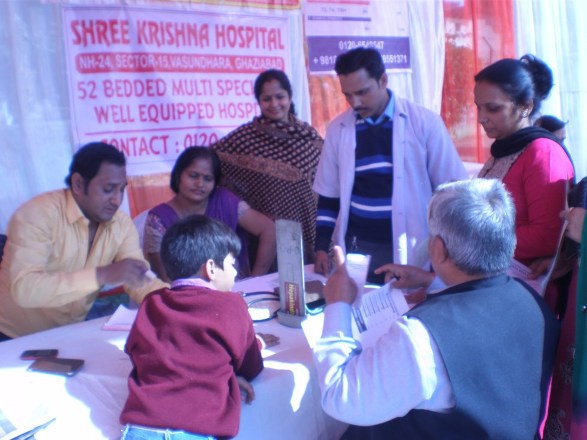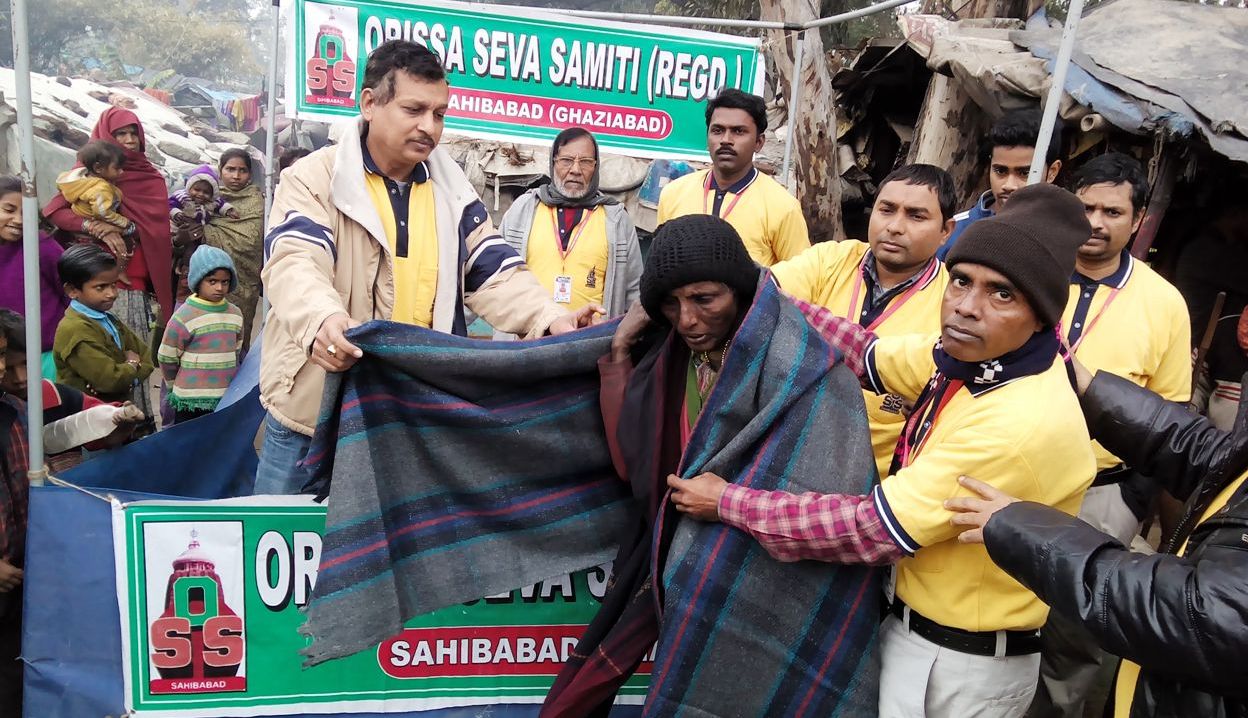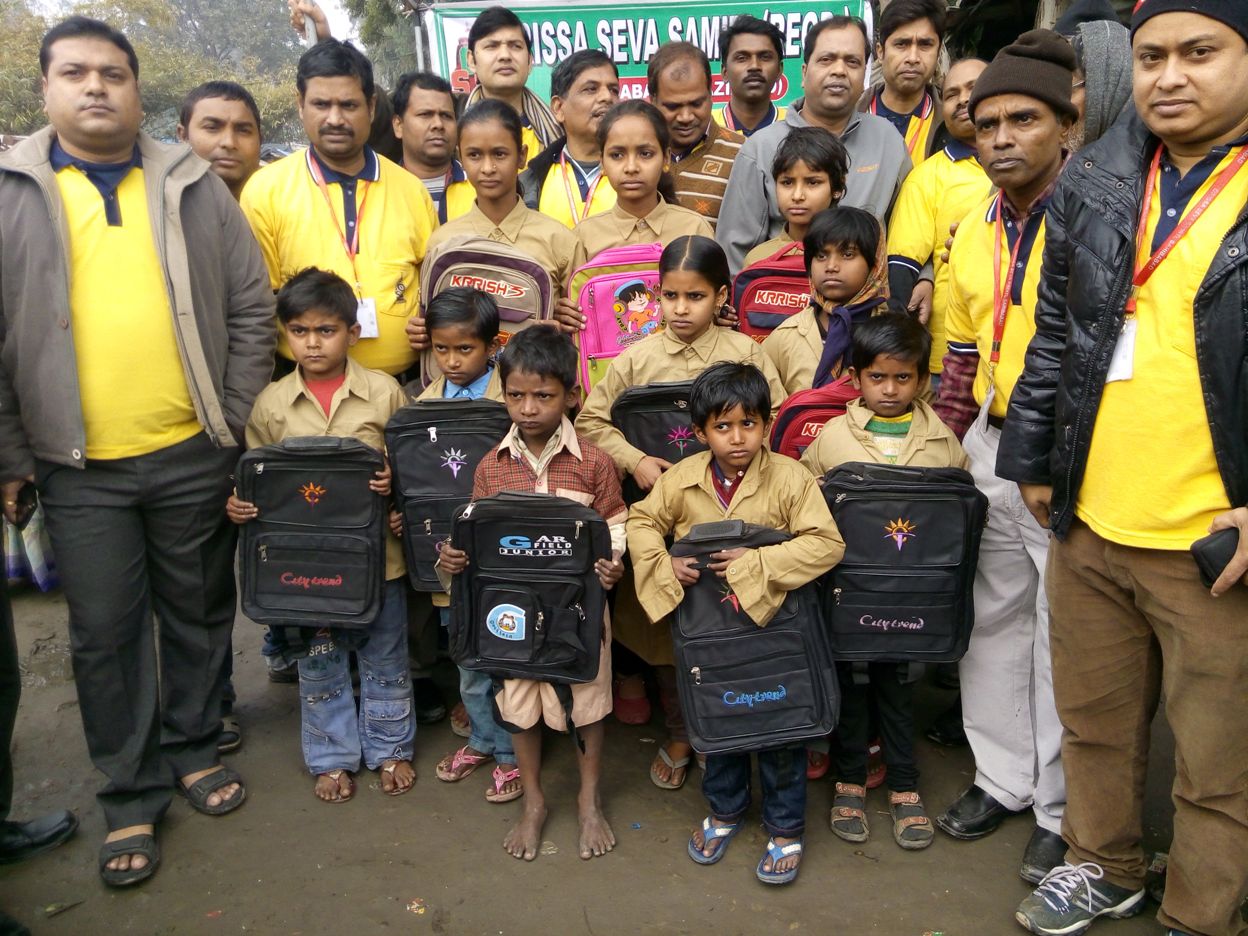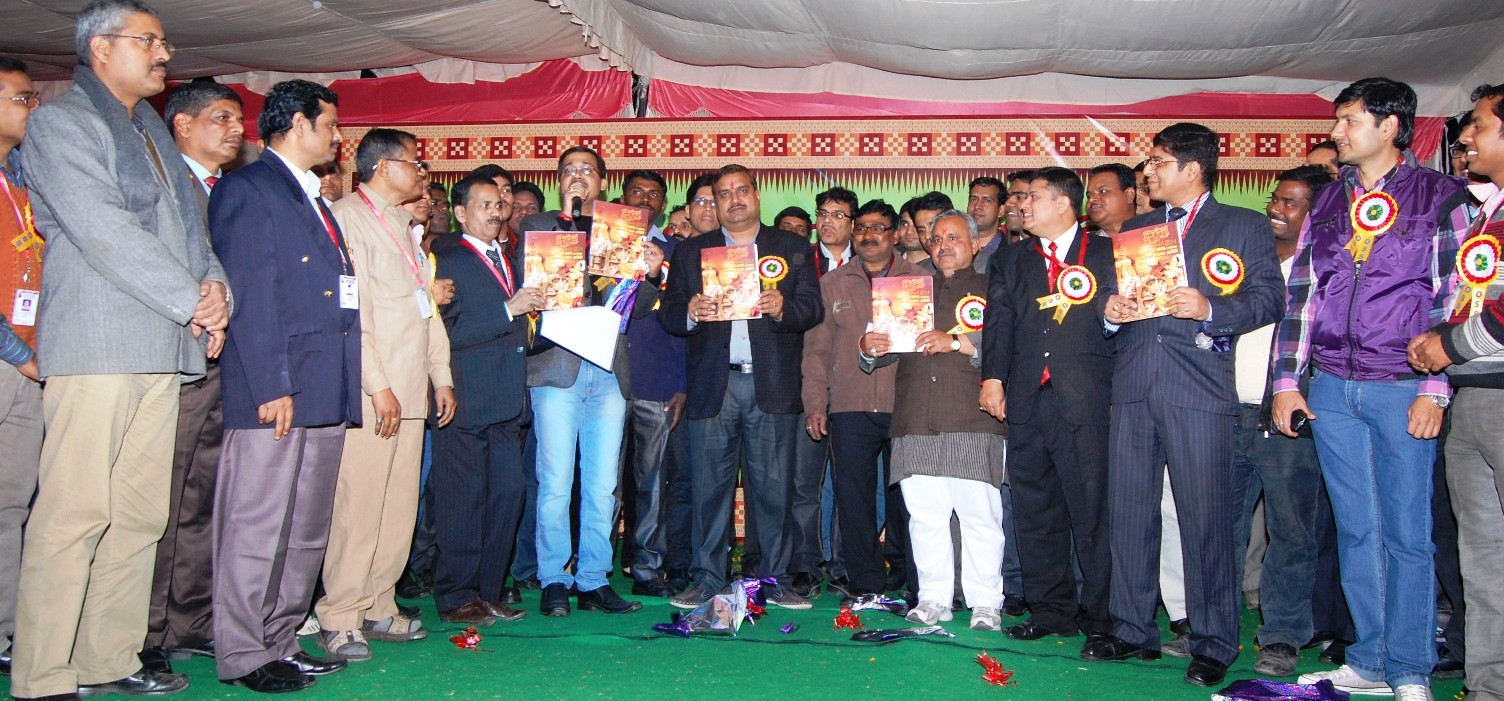5 Stages of Team Development: Definition and Best Practices
Members may express concerns about being unable to meet the team’s goals. During the Storming stage, members are trying to see how the team will respond to differences and how it will handle conflict. The success of your team development efforts depends on the tools you use. You need to invest in tools that enhance team development meetings, workshops, and training. The efficiency-obsessed virtual meeting tool is designed to foster a culture of connection in your teams. It allows you to enjoy a seamless workflow that enhances your team’s productivity.
Each project detail, including deadlines, is included to maximize the team’s productivity. With their customized, prioritized schedules, your team members will know exactly what to focus on and when. Management should be prepared to proactively address team issues and solve problems. This is often especially crucial during the storming stage when frustrations and tensions start to rise. The adjourning stage occurs when the goals have been achieved or the project completed. The performing stage typically indicates that the project is nearing completion.
Stages of Team Development: Definition and Best Practices
Thus, leaders should be supportive and help members transition smoothly into the new roles. Although members understand each other, conflicts may still arise at the norming stage of team development. Nonetheless, the conflicts can’t spiral into dysfunction because the team has gelled.
Have you ever wondered why it takes some time for a new team to hit peak performance? In this article, we discuss the different stages of team development and how leaders can guide their team through those stages to increase collaboration. Keep reminding the team to check in with each other regularly in person or via instant chat, but stay out of their way. They will waste time and lose their focus if they have to answer frequent, unscheduled questions about what they’re working on. Encourage team members to develop a schedule filled with large blocks of time that are free from interruptions like meetings or check-ins. In this world of constant notifications, it’s easy for people to get derailed and forget which goals are really important.
Art of meeting with your manager
At this stage, it’s common for members to push buttons to view how peers and leaders will handle conflict. At this stage, leaders should aim to refocus the team’s long-term vision, break down goals into smaller action items, and help employees work through any disappointment they’re experiencing. In the Performing stage of team development, members feel satisfaction in the team’s progress. They share insights into personal and group process and are aware of their own (and each other’s) strengths and weaknesses.
- MIT is pleased to support employee-led groups formed around common interests or a shared bond or background.
- Whether team members are transitioning out of their roles or into a different project, leaders can use the adjourning stage to gather feedback.
- The forming stage is truly a honeymoon phase in teamwork—productivity is low, but the team members are too newly acquainted to encounter conflict.
- Teams usually develop norms that guide the activities of team members.
- Make sure everyone steps back each day or week to take a look at the larger picture.
Ask them to prepare examples beforehand outlining what worked and what didn’t, and then give each person five minutes to share their thoughts. Document the comments so that it’s easy to see which trends emerge and what changes need to be made going forward. With remote teams, it’s easy to run on assumptions until you’re almost up against a deadline — and then you discover that you didn’t get the https://kvintet-okna.ru/responses/certification/nac-sert outcome you needed. Help your team check in with each other by holding daily stand-up meetings or mid-week progress reports to see if everyone is on track and has the materials they need. When teams work in the same space, it’s easy to see what everyone’s doing. Designers are talking to product managers to get direction, or product managers meet with analysts to talk about user data and reports.
Support stronger team development with Motion
In this stage, team members begin to find common ground, develop trust, and establish norms and values that guide their behavior. There is a growing sense of cohesion and cooperation among team members. Roles and responsibilities become clearer, and the team starts to work more collaboratively towards achieving their goals. People already understand the tasks, as well as their own role in a team. And while they feel confident, some other team members may want to stay in their comfort zone, preferring not to be confrontational or even express their thoughts.






